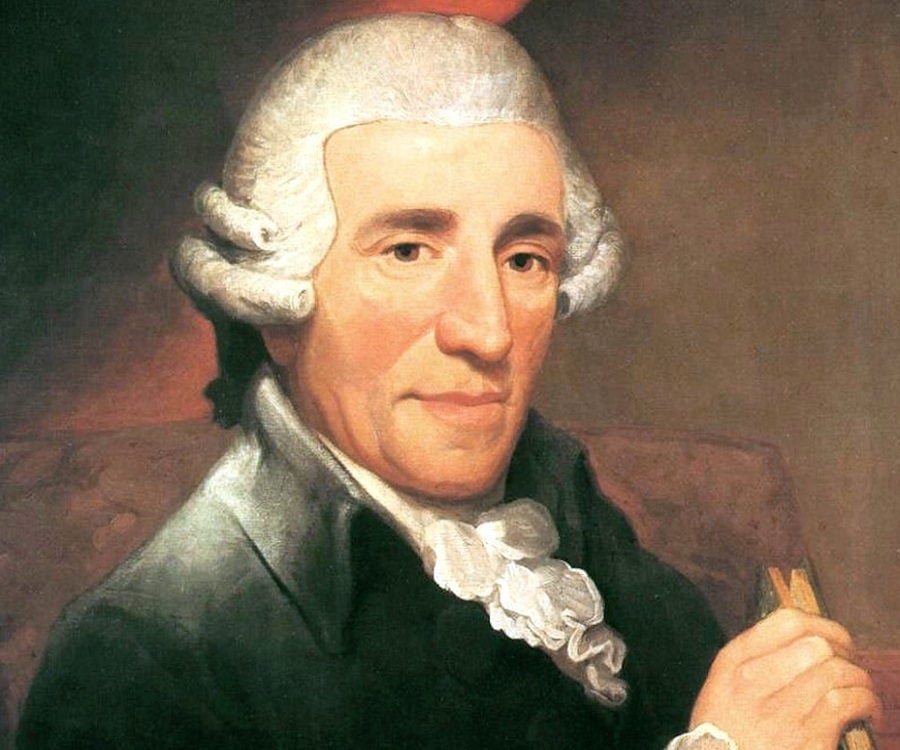Literally, the word sonata means a piece played as opposed to a cantata-a piece sung. In classical music sonatas [other than piano sonatas] are pieces written for an instrument that will usually involve piano accompaniment. For example, a violin sonata involves one violin and one piano. A violin sonata could also be described as a “sonata for violin and piano”. There are sonatas that have been written for almost every instrument of the orchestra.
Franz Joseph, “Papa”, Haydn:

There is another meaning of the word sonata which was developed in the classical era by Franz “Papa” Joseph Haydn. That definition of sonata is what this post will deal with. It is the form or structure that many pieces in the classical era use in their composition. This form of composition will involve 3 parts: 1. exposition, 2. development, and 3. recapitulation.

This structure or form that a composer uses to write the movement of a piece is not just used for sonatas, as you might think. It is also used in many large orchestral works, symphonies and concertos. Sonata is not the only form that the great composers used to compose a movement or an entire piece of classical music. Some other forms of composition are “rondo”, “theme and variations”, “trio”, et. al.
While there were other forms of composition in the Classical Era, usually, but not always, when the movement of a classical music piece isn’t designated by which form it has used to compose it, the structure of the piece will be in sonata form.
The sonata form consists of three different sections. Like a book or a speech that has a beginning, middle and end, so does a classical movement in the sonata form. The three parts are called exposition, development and recapitulation.
1. Exposition is the beginning of the movement or piece of music, with a theme or themes introduced. These theme[s] will be developed and define the character of the movement/or piece.
2. After the exposition comes the development. This could be considered like the middle of the movement. This could develop the original theme or begin a completely new theme. As the exposition defines the character of the movement, you could consider the middle part developing the character.
3. The final section [and ending of the movement or piece of music] of the sonata form is recapitulation. This means that the music will return to the opening of the exposition. It will sound like the movement is starting all over again and the exposition is being replayed.
So, I like to say in a piece or movement of music using the sonata form [structure], you will hear a beginning, then a middle, and then back to the beginning.
A more professional description of the sonata form of music can be found in this You Tube Video-from @InsideTheScore “How to Listen to Classical music”. Thank you, Inside The Score!
Here are some great pieces of classical music that use the sonata form of composition. Please turn up the volume and see if you can detect the exposition, development and then recapitulation in their structure.
I will give you the first one [Mozart Clarinet Quintet-Larghetto]: The exposition is about the beginning to the 2 minute mark; then the Development is about 2:09-3:25; and the recapitulation is about 3:30 -5:30. Also, in the second video, the exposition begins after the introduction by the orchestra [tutti] and after the recapitulation will be a solo cadenza by the pianist.
W.A. Mozart: Clarinet Quintet in A-Major, Movement 2, Larghetto:
Franz Joseph Haydn: Piano Concerto in D Major, Movement 1, Vivace:
Franz Joseph Haydn: String quartet #3 in G Minor, “The Rider”, Movement 4, Allegro con Brio:
Felix Mendelssohn: String Octet in E-Flat MAJOR, MOVEMENT 1, ALLEGRO MODERATO:
I hope you enjoyed some beautiful music from Mozart, Haydn, and Mendelssohn composed in the sonata form. Thank you for listening.

Leave a comment